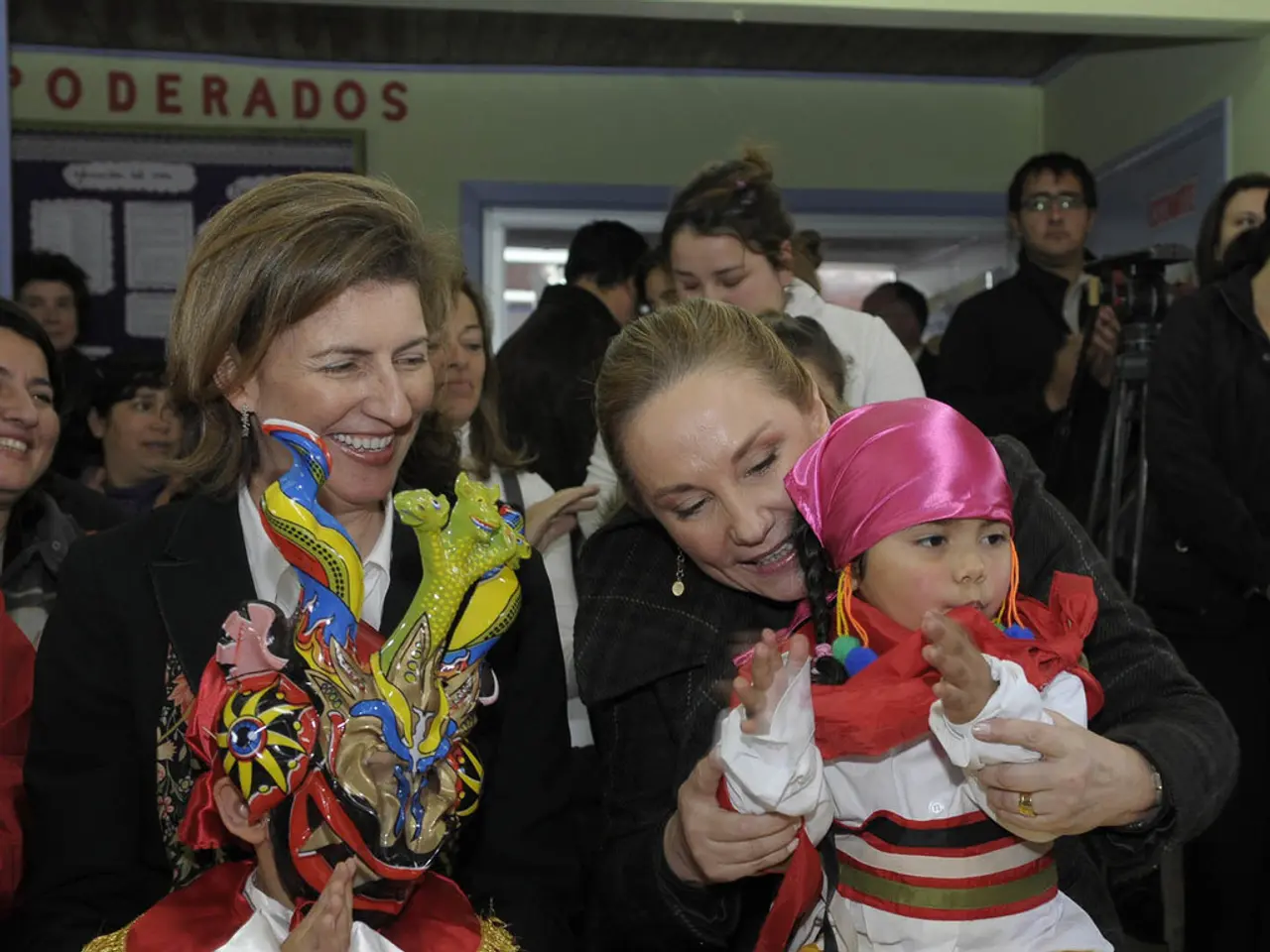Smithsonian Team Reveals Faces of Pre-Hispanic Colombians After Centuries
A team of researchers has digitally reconstructed the faces of four pre-Hispanic Colombians, offering a glimpse into what these individuals might have looked like centuries ago. The teams, from the Smithsonian Institution, presented their findings at the National Museum of Colombia.
The mummies, dated between 1216 and 1797, include a child aged 6 to 7, a female in her 60s, and two young adult males. The teams used advanced CT scanning and virtual sculpting techniques to remove death masks from the mummified remains. These masks were made of resin, clay, wax, and maize, with some ornamental beads around the eyes still intact.
The digital 'unmasking' allowed archaeologists to study the underlying skulls without physically disturbing the fragile remains. The teams then reconstructed muscles, soft tissue, and fat onto the unmasked skulls using advanced software and haptic tools. The final digital portraits offer a glimpse of what these individuals could have looked like during their lifetimes. However, it's important to note that these reconstructions are interpretive and not exact replicas, as the actual textures and details of the individuals' faces remain unknown. Facial features were approximated based on available data and regional characteristics, with neutral expressions to avoid speculative interpretations.
These reconstructions provide valuable insights into the unique mortuary customs of pre-Hispanic Colombian societies and the cultural significance of facial representation. The project demonstrates the potential of digital technologies in archaeology to reveal aspects of our past that might otherwise remain hidden.
Read also:
- Virginia Giuffre, Epstein Survivor, Dies by Suicide: Trafficking Survivors Need Long-Term Support
- Dementia: Causes, Prevention, and Support
- Rosselkhozbank's Yakutsk Branch Expands 'Farmer School' to Train SVO Veterans in Agribusiness
- Emerging Fashions in Marijuana Storage: TVLPK's Attractive Gear for Cannabis Carrying




